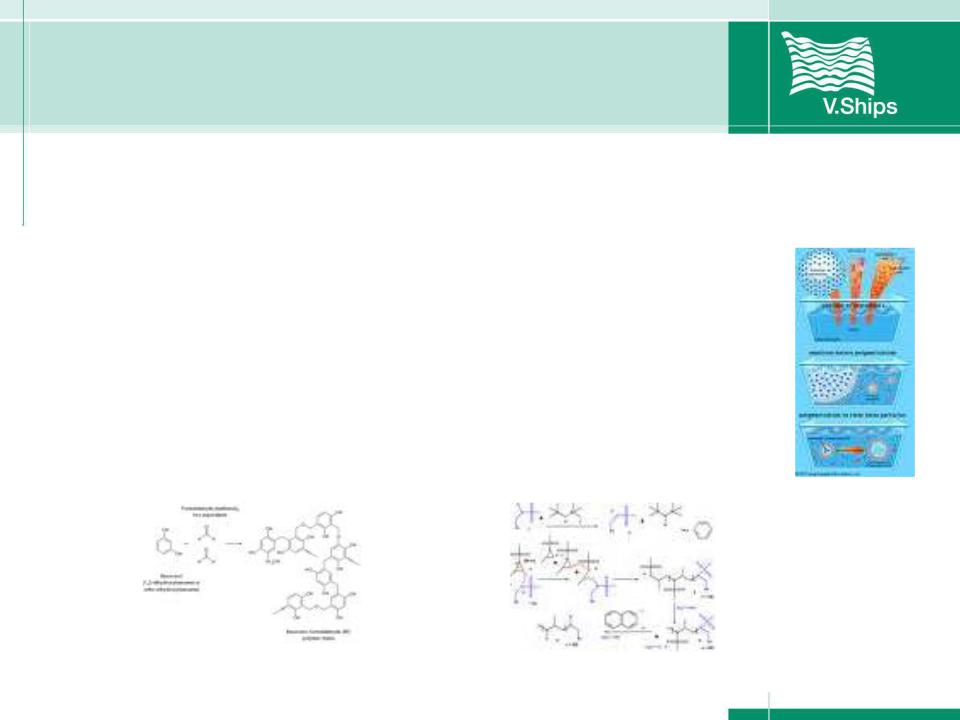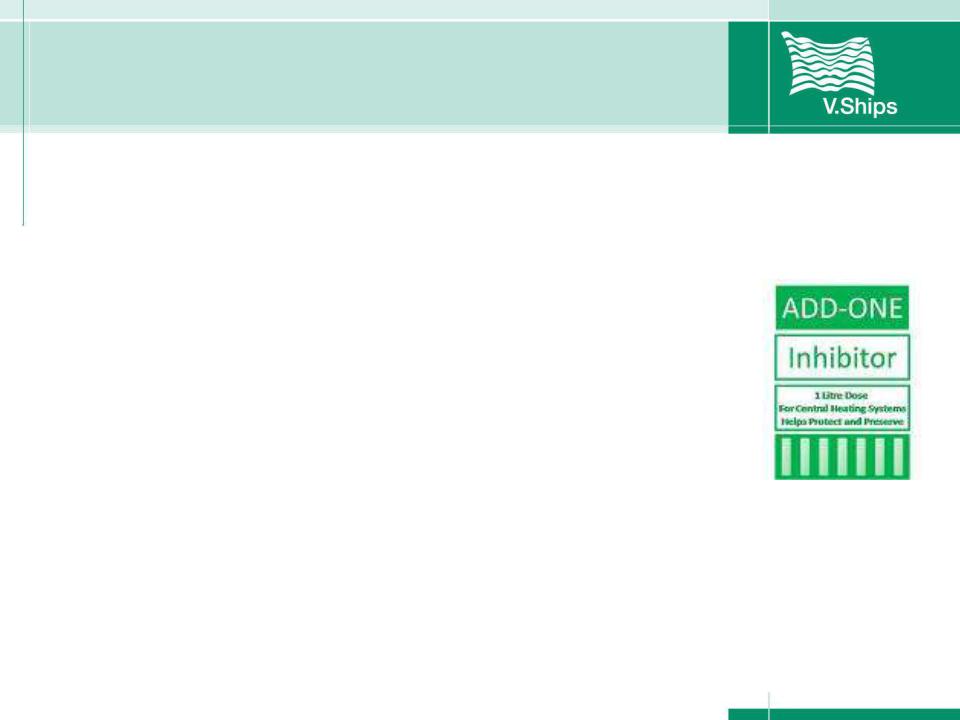
Chemical Tankers / Day 1 / Day 1 Topic 5 Cargo Properties
.pdf
Chemical Training

Cargo Properties

Definition of self-reactive cargoes
Highly reactive chemicals are those that have the potential to vigorously polymerize, condense, or become self-reactive due to shock, pressure, temperature, light, or contact with another material.
Examples of highly reactive chemicals are explosives, peroxides, water-reactives, and pyrophorics.

Polymerisation
In chemistry, polymerisation is a process of reacting monomer molecules together in a chemical reaction to form three-dimensional networks or polymer chains.
There are many forms of polymerization and different systems exist to categorize them.

Inhibitor
Inhibitor means - Something that restrains, blocks, or suppresses.
It is an agent that slows or interferes with a chemical action; a substance that reduces or suppresses the activity of another substance.
Inhibitors, generally, tend to increase the activation energy, thereby decreasing the rate of the reaction.

List of inhibited cargoes according to USCG CFR
US CFR 46 Volume 5 Part 153
Ships Carrying Bulk Liquid, Liquefied Gas, or Compressed Gas Hazardous Materials
Chemical Cargoes are listed into the two tables: Table I (151.05) and Table II (Pt. 150, Table II)
Table I (151.05) lists cargoes alphabetically, while
Table II lists cargoes by compatibility group.
Cargoes with “special requirements in CFR Part 151” are listed into the Table I.

List of inhibited cargoes according to USCG CFR
When Table I (151.05) “special requirements in CFR Part 151” refers to section 151.50-70, that cargo must be- (a) Inhibited; or (b) Stabilized.
When Table I (151.05) “special requirements in CFR Part 151” refers to section 153.1004, the person in charge of cargo transfer shall make sure that the cargo containment is free of contaminants that could:
(1)Catalyze the polymerization or decomposition of the cargo; or
(2)Degrade the effectiveness of the inhibitor or stabilizer.

Inhibitor addition and precautions with self-reactive cargoes during voyage
Self reaction can cause some cargoes, in high heat conditions, to being an exothermic effect, become self heating and rapidly expand with possible disastrous result to the ship.
As a precaution against self-reaction, exporter may add a chemical inhibitor additive to prevent the cargo from bonding within itself. However, one aspect of inhibitors is that they require oxygen to activate them and the tank cannot be inerted against fire and may require Flag State approval to operate in that condition.
Continued on next slide

Inhibitor addition and precautions with self-reactive cargoes during voyage
There are many inhibitor types, most of which are toxic and need to be handled with care. For that reason and for cargo warranty reasons, only trained and properly equipped persons should administer the inhibitor. This means the inhibitor should be measured and added by shore personnel at the loading port, unless the ship’s staff have special training and equipment to handle it.
Continued on next slide

Inhibitor addition and precautions with self-reactive cargoes during voyage
After adding the inhibitor, the exporter has the added duty of formally advising the ship of the quantity added, the hazard of the additive, the time validity of the inhibition, the temperature parameters within which the inhibitor will work and the emergency actions to take should these be exceeded.
Continued on next slide
